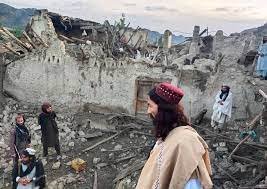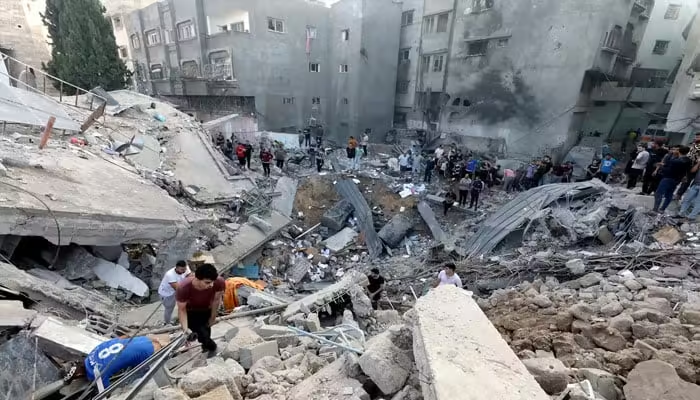Northwestern Afghanistan was hit by a significant 6.3 magnitude earthquake on Wednesday, as reported by the German Research Center for Geosciences (GFZ).
The GFZ noted that the earthquake was part of a series of seismic jolts that have been affecting similar areas in Afghanistan over the past weekend. The earthquake was recorded at a depth of approximately 10 kilometers, according to Reuters.
The epicenter of the earthquake was located about 29 kilometers north of Afghanistan’s Herat province, as stated by the United States Geological Survey (USGS).
As of now, there is limited information available regarding casualties resulting from this latest earthquake. Janan Sayeeq, a spokesman for disaster management, told Reuters that early details on casualties are not yet available.
Rescue teams and volunteers have been actively engaged on the ground since Saturday to locate survivors of the previous earthquakes that rattled the region. These earlier seismic events led to the destruction of entire villages and affected an estimated 12,000 people, according to the United Nations (UN).
Local and national officials have provided conflicting figures for the number of casualties resulting from the previous earthquakes, but the disaster ministry reported a total of 2,053 deaths.
Mullah Janan Sayeq, a spokesman for the disaster management ministry, stated, “We can’t give exact numbers for dead and wounded as it is in flux.”
No immediate reports of new casualties have emerged following Wednesday’s earthquake, which struck near Herat city, a residence for over half a million people.
The previous earthquakes caused complete devastation in at least 11 villages in Herat province’s Zenda Jan district, according to the United Nations. This has left many residents in dire situations. Mohammad Naeem, a 40-year-old resident, lost 12 relatives, including his mother, in the Saturday earthquakes. He expressed, “We can’t live here anymore. You can see, our family got martyred here. How could we live here?”
In response to the fear of aftershocks, many Herat residents have been spending their nights living in tents in the open air.
The scale of providing shelter will pose a challenge for Afghanistan’s Taliban authorities, who took control in August 2021 and have complex relationships with international aid organizations.
Afghanistan is prone to deadly earthquakes, but the weekend’s disaster was the most severe in over 25 years for the war-ravaged country. Most homes in rural Afghanistan are constructed from mud with wooden support poles and lack steel or concrete reinforcement. Extended families often live together under one roof, making them vulnerable to severe earthquakes.
Afghanistan is already grappling with a dire humanitarian crisis exacerbated by the withdrawal of foreign aid. The Herat province, situated on the border with Iran and home to around 1.9 million people, has been suffering from a prolonged drought in its rural communities.



